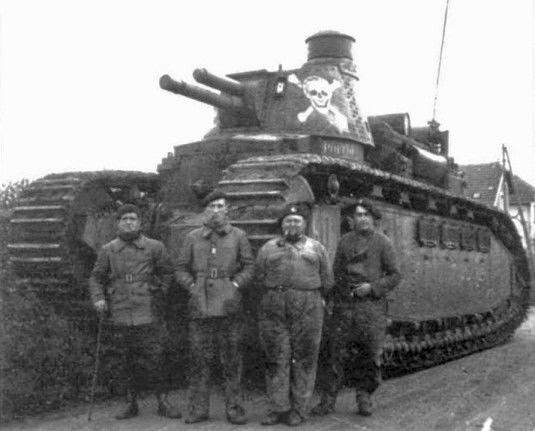


And the psychological impact of the appearance of these great metal monsters lumbering across No Man’s Land caused panic among the German lines.Ī Mark I tank disabled during the Battle of Flers Courcelette. Four tanks supported the infantry in the capture of the village of Flers, one of the successes of the attack. Nevertheless, despite these challenges, several of the tanks that went into battle could reach quite far into enemy territory before breaking down or becoming stuck. The crews had never fought in their new machines before, and they’d had very little time to train with the infantry they were supposed to be supporting. The tanks, already slow and mechanically unreliable, struggled to cope with the conditions. After years of heavy shelling, the ground in the Somme sector was completely churned up and consisted of thick mud. The steering wheels attached to the back of the tank were soon removed, via the Library of CongressĪs well as being few in number, the tanks faced other challenges on their first appearance at the Battle of Flers-Courcelette. In the end, Haig was left with 25.Ī Mark I tank at Flers Courcelette.


Of those, half failed to reach the front line through various mechanical difficulties. The Army ordered 100 of the new tanks named the Mark I, but fewer than 50 had arrived by the planned attack on 15th September. The Battle of the Somme also witnessed the debut of the tank, which Haig hoped would yield a long-awaited breakthrough after months of struggle. For over four months, the Allies threw attack after attack against powerful German defenses resulting in bloodshed on an unprecedented scale and earning General Sir Douglas Haig the title “The Butcher of the Somme”. These included many of what became known as the Pals Battalions, so-called because they consisted of men from the same area who were encouraged to join up and serve together. It was also the first real test for the volunteer “New Armies” recruited and trained in the early years of the war. More than 19,000 men were killed going “over the top” in the face of heavy German machine-gun fire. The first day, 1st July, was the bloodiest in the history of the British Army. The Battle of the Somme in 1916 holds several notable distinctions. Tanks Make Their World War I Debut on the Somme The tank prototype known as “Mother,” via the Australian War Memorial, Campbell


 0 kommentar(er)
0 kommentar(er)
